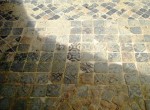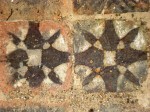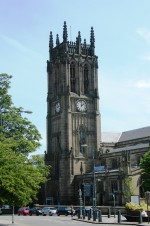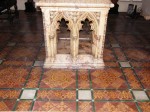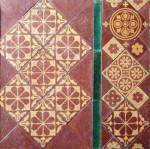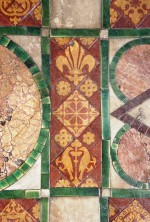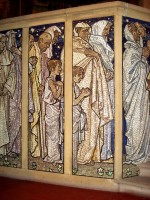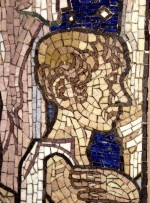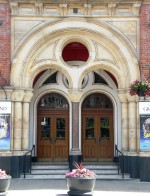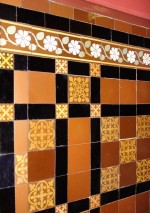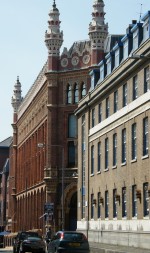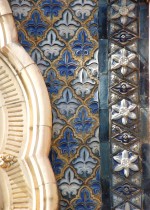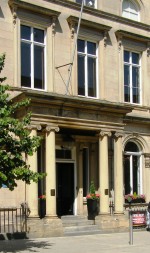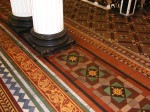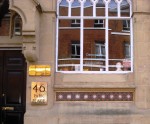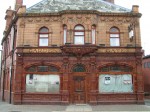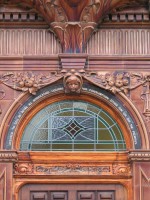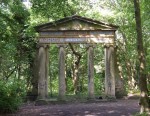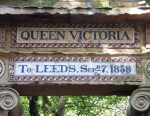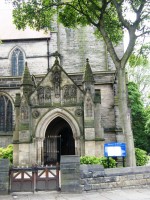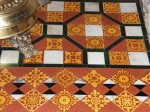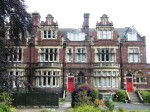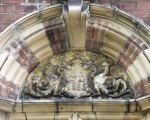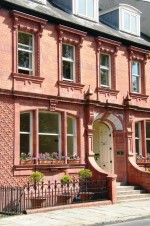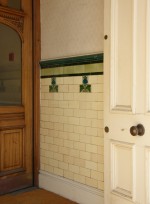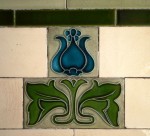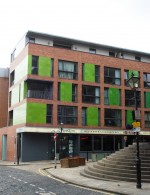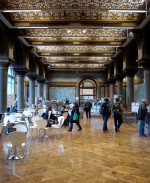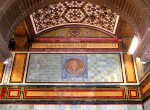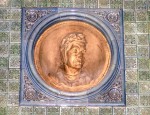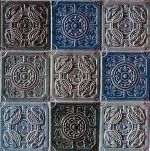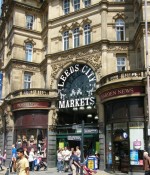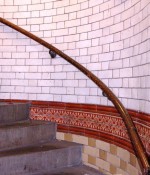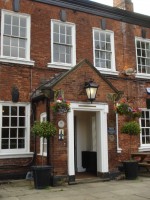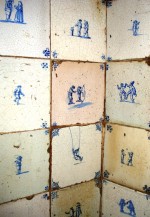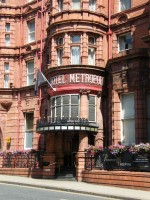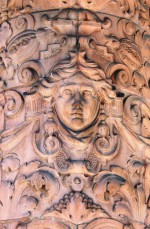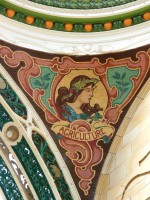Hans van Lemmen | Historical Tiles writing about tiles and architectural ceramics
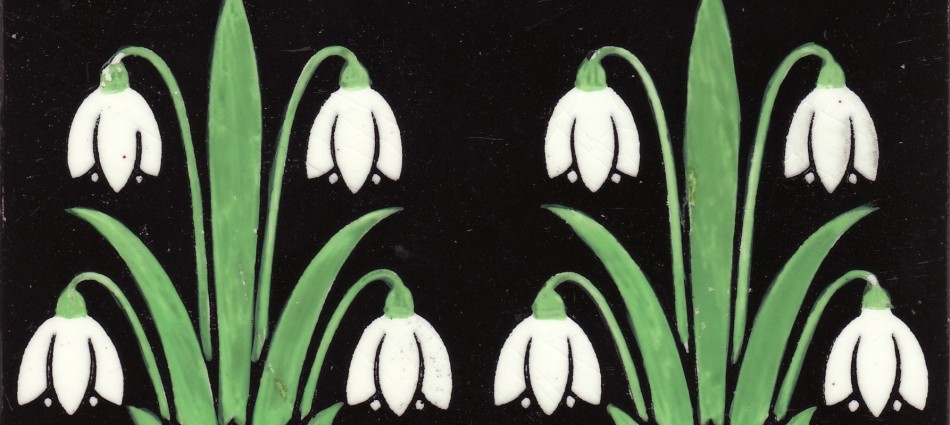
TILES IN LEEDS
Leeds is particularly rich in buildings with tiles and architectural ceramics dating from the middle ages to the present day. It was the home of the famous firm Burmantofts where high quality tiles were made as well as fine terracotta and faience for the decoration of buildings which were used widely on a local, national and international scale. However examples of the product of other noted firms like Minton, Maw, Doulton, Godwin, J.C. Edwards and E. Smith & Co can also be found throughout Leeds. This makes Leeds such a good place to visit for anyone interested in tiles and architectural ceramics. Listed below are pictures of buildings with tiles, terracotta and faience which give a glimpse of what can be seen.
- Medieval tiles in Kirkstall Abbey
- Detail of two inlaid tiles at Kirkstall Abbey
- Leeds Parish Church
- Encaustic tiles made by Godwin, c. 1875, in Leeds Parish Church
- Detail of encaustic Godwin tiles, c. 1875, in Leeds Parish Church
- Detail of the encaustic Godwin tiles, c. 1875, in Leeds Parish Church, this is a ‘mixed’ floor of marble and ceramic tiles
- Mosaics by Frank Brangwyn at St. Aiden’s Chuch, Roundhay Road, 1909-16
- Detail of Frank Brangwyn mosaic at St. Aiden’s church, Roundhay Road, 1909-16
- Entrance of the Grand Theatre, New Briggate, designed by George Corson in 1878
- Tiles made by Whetstone, in the bar at the Grand Theatre, 1878
- View of Moorish style St. Paul’s House, Park Square, designed by Thomas Ambler, 1878
- Detail of Moorish style stoneware tiles made by Doulton above the entrance of St. Paul’s House, 1878
- Leeds Club, Albion Street
- Hall way with encaustic tiles made by Maw & Co at the Leeds Club
- Facade of 46 York place, c. 1875
- Encaustic tiles made by Godwin, c. 1875, at 46 York Place
- Garden Gate pub in Hunslet decorated with Burmantofs faience, c. 1900
- Detail of Garden Gate pub in Leeds
- Queen Victorian Arch, Beckett Park, decorated wth Minton tiles, 1858
- Detail of Queen Victoria Arch with Minton letter tiles
- St. Michael’s Church, Headingley
- Encaustics tiles made by Godwin in St. Michael’s Church, Headingley
- Houses with Burmantofts terracotta 114-118 Otley Road, Upper Headingly, 1885
- Detail of Burmantofts terracotte decoration on houses at 114-118 Otley Road
- Facade of Vicarage Chambers in Park Square covered with pink terracotta and white faience over the doorway dated 1908
- Entrance of Vicarage Chambers with a dado of plain tiles with insets of Art Nouveau tiles
- Art Nouveau tile in entrance of Vicarage Chambers
- Crown Street Buildings built in 2004 situated behind the Corn Exchange. All the sides of the building are decorated with colourful faience.
- Tiled Hall (former reading room of Leeds City Library) built in 1884
- Detail of Tiled Hall with terracotta bust of Macauley
- Detail of Tiled Hall showing terracotta bust of Dante modelled by Benjamin Creswick in 1884
- Detail of Tiled Hall showing relief tiles made by E. Smith & Co., in Coalville
- The south entrance of Leeds City Market built in c. 1900
- Staircase in Leeds City Markets with white glazed bricks and decorative tiles
- The Mustard Pot pub in Chapel Allerton
- Detail of the fireplace in the Mustard Pot with 17th and 18th century Dutch tiles depicting children’s games
- Metropole Hotel in King Street designed by Chorley & Connon, 1890, decorated with red terracotta made by the firms J.C. Edwards in Ruabon, Wales
- Detail of terracotta decoration on the columns at the entrance of the Metropole Hotel
- Early 20th century mosaic above the entrance of Leeds College of Art designed by Gerald E.Moira in 1903 and made by Rust’s Vitreous Mosaic Company
- Mosaic in cupola of County Arcades built in 1902 depicting a woman representing Agriculture
